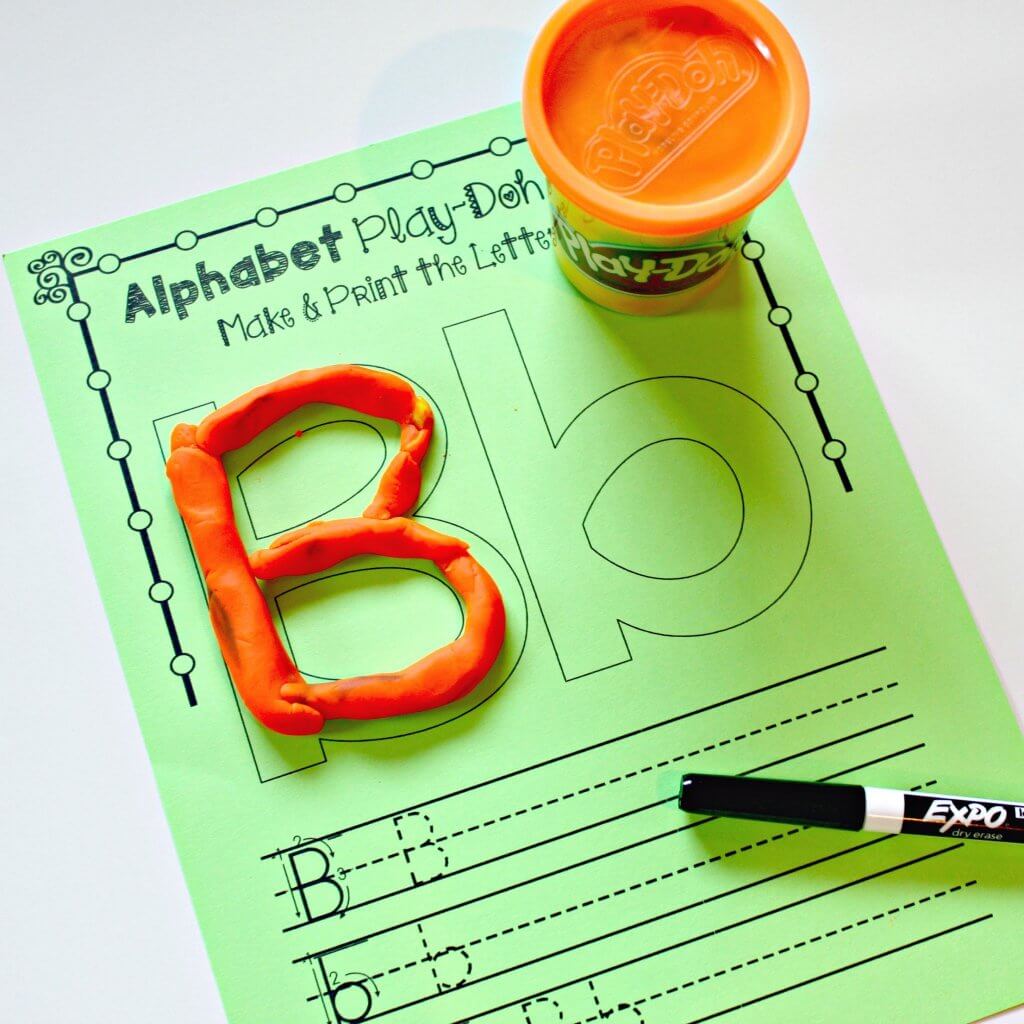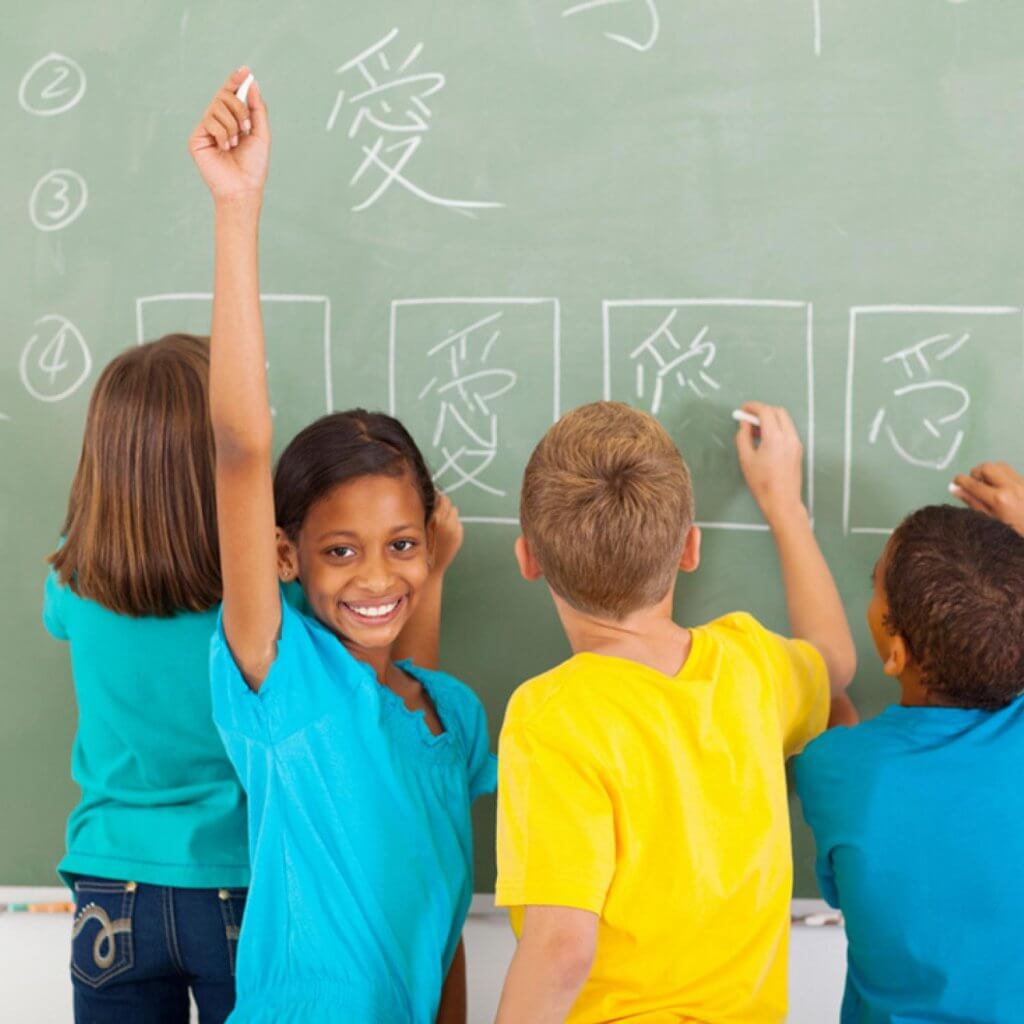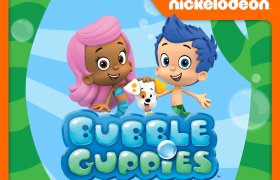What Type of Learner is Your Child?

Watching children grow up is the most fantastic thing to see. But as we do so, we realize that each child has his/her unique way of interacting with others or learning about things around them. You might have realized that some kids will never be comfortable sitting around at the same place for long; they will give any excuse to go out.
Others prefer reading books or pulling things around. You should not fret. The kids are normal and okay; it only means that they have a different learning style. I know you may be wondering the different learning styles available and how to determine the best method that suits your child. Keep on reading for insight.
Development of Multiple Intelligences Theory
Depending on genetic profiles and the environment around them, many children receive and process information differently. According to Howard Gardner, an educational researcher, and a psychologist, children use different ways to learn.
He verified this notion in the 1980s when he observed that even though people belonged to the same group and are equally intelligent, not all plans worked successfully for all of them.
In 1983, based on his study, Howard published “The Frames Of Mind: The Theory of Multiple Intelligences.” He asserted in his publication that different children learn differently and also better in schools when using individual learning styles.
According to Gardner, there are seven learning styles namely kinesthetic, auditory, intrapersonal, visual, interpersonal, logical-mathematical, and linguistic.
In the past, education got focused on logical-mathematical and linguistic learning styles. But let’s look at the three learning styles often overlooked by many people. You may need to relax and make yourself more comfortable as you continue reading because we will also share tips on how you can identify and assist your kid to succeed in any of these learning styles.
1. Auditory Learning Style
 Children who use this style of learning utilize their hearing sense. When things get explained out loud, these children understand and remember new concepts better, even when they get to do the speaking themselves. Amazingly, they also retain what they’ve learned when nonverbal sounds like clapping, music, or drum beats get used to convey new ideas.
Children who use this style of learning utilize their hearing sense. When things get explained out loud, these children understand and remember new concepts better, even when they get to do the speaking themselves. Amazingly, they also retain what they’ve learned when nonverbal sounds like clapping, music, or drum beats get used to convey new ideas.
How Do You Recognize Auditory Learners?
Does your kid love music or playing instruments? Auditory learners fall head over heels with music! Do you want to know why it’s stunning? They even remember every word in the song! When spoken to, they follow directions quite well. In case they don’t get to understand anything, they orally request for clarification such as “Kindly repeat.” Do you know of a kid who loves reading loudly, even when alone? Then he/she is an auditory learner.
Auditory learners prefer stories read to them than reading themselves. Such children get a strong understanding when their teachers explain things to them rather than when given reading assignments.
How Do You Help Your Auditory Learner To Excel?
When you discover that your child is an auditory learner by figuring out the above-explained signs, encourage him/her to say or read things out loud. For example, why don’t you encourage him/her to join a spelling club or competition such as the Spelling Bee? Practicing saying the letters of the words instead of writing them also assists an auditory learner.
Besides, you can look for books on tape and encourage your child to read along by saying the spoken words as narrated in the story. Recording the child during a lesson as he/she reads out loudly then playing the audio to him/her later also assists in their learning. If the child comes up with a new idea, begin a conversation about the topic and allow the kid to talk his/her mind out about the subject.
Love songs? Encourage your kid to make a silly song on whatever he/she is trying to memorize. The use of language patterns and wordplay also intrigue auditory learners. Incorporate them while teaching such children. Books like those from Dr. Seuss or Shel Silverstein are perfect for early readers.
Visual Learning Style
 Just like the name suggests, the sense of sight dominates in this style. Visual learners possess high affinity for reading. They love books, where they start enjoying those with images and graduate to those with text. Does your child love bright colors? Then he/she might be a visual learner, and especially if they like clear diagrams, classroom handouts, videos, or demonstrations. The visual learning style conforms to the traditional methods of classroom teaching. A visual learner easily gleans information from:
Just like the name suggests, the sense of sight dominates in this style. Visual learners possess high affinity for reading. They love books, where they start enjoying those with images and graduate to those with text. Does your child love bright colors? Then he/she might be a visual learner, and especially if they like clear diagrams, classroom handouts, videos, or demonstrations. The visual learning style conforms to the traditional methods of classroom teaching. A visual learner easily gleans information from:
• Flip charts
• Reading assignments
• Handwritten notes
• Visual Aids
• Diagrams
How Do You Recognize Visual Learners?
Do you know of a kid who loves sitting in front of the class? Then he/she is a visual learner. Such children love soaking up with whatever the teacher writes on the blackboard. Motion and bright colors usually excite them, and they typically prefer decorating their rooms with posters. Drawing and painting is a passion to them.
With a visual learner, you get assured of being told of the story as he/she has read it as they can retell even the finest details. If they want to learn a new thing, they use phrases like “Show me.” Before they try something themselves, they prefer seeing you perform the task first before they try.
How Do You Help Your Visual Learner To Excel?
Surround your visual learner child with books. Is your child very young to even read but get excited when he/she comes across bright pictures? There goes the first sign! He/she is a visual learner, especially if she/he also gets interested in the stories associated with the images. Visual learners even get considered as budding artists. You may need to accumulate and store some art supplies if you want to assist them to remember crucial facts like new words meanings and storyline elements.
Using highlighters on notes or while reading assignments is a boost to a visual learner. Creating quick concepts and sketches on a whiteboard and use of flashcards also produces impressive results in helping a visual learner to excel. Ensure that a visual learner child works in a quiet space as many colors and sights easily distract his/her attention.
Kinesthetic Learning Style
 Among the three styles of learning, it is the most physical. It gets characterized by getting information through motion, touch, and movement- through doing. Kinetic means the ability to sense movement and body position. Therefore, to understand something, a kinesthetic learner has to feel, touch, and move the thing around.
Among the three styles of learning, it is the most physical. It gets characterized by getting information through motion, touch, and movement- through doing. Kinetic means the ability to sense movement and body position. Therefore, to understand something, a kinesthetic learner has to feel, touch, and move the thing around.
How Do You Recognize Kinesthetic Learners?
Many kids use phrases like “Can I hold that?” when they mean “Can I see that?”
Model kits are their thing, and they cannot get enough interactive displays and building sets.
If your kid prefers modeling clay during an art class over pencils or paint, then there’s a high chance that he/she is a kinesthetic learner. If from childhood age they get interested with interaction books like those with pop-ups, touchable textures and tiny doors that pops open and closes, you may have to consider it as an early sign of a kinesthetic learner.
How Do You Help Your Kinesthetic Learner To Excel?
If your child is a kinesthetic learner, ensure that he/she is always holding something in his/her hands. To help internalize new math ideas, ensure that kinesthetic learners get surrounded by physical math manipulations like base ten and pattern blocks.
Letter-shaped magnets are perfect in aiding kinesthetic learners where they move them around on metal services such as on the fridge. Getting them pens and pencils of different sizes to write on textured papers also contributes to a kinesthetic learner excelling.
Becoming creative by creating a motion environment is also a plus to a kinesthetic learner. Why not get him a bouncy exercise ball or a stationary bicycle to use as a chair instead of a regular desk chair? If your kid is fidgety, a standing desk will assist him/her focus in class. Create one at home too by stacking books to create a working space higher than the ordinary desk or by making him/her study on a counter.
Rhythmic motions such as finger snapping or clapping hands work perfectly in helping kinesthetic learners, especially when practicing math or reading. If your child uses rhythm unconsciously to assist them to remember, do not hesitate to encourage it. If the rhythm is too loud, suggest alternatives to them that are quieter.
Do Learning Styles Help Students To Succeed?
It is a no-brainer; if you get to know your child’s learning style, you can partner with them better in their education. It’s okay if your child has a problem grasping a concept while doing their homework. To assist, you only need to challenge them to use the method they learn best with. When you already know your child’s learning style, assisting him/her becomes a simple task. You only need to use their specific method of learning to ignite a deep curiosity about the world and things around.
The following guide will also assist you in identifying your child’s style of learning:
I. Expression
If your child is more comfort while learning with a particular style, they will express themselves best using the same method. For example, auditory learners use words to express themselves; visual learners use facial expressions while kinesthetic learners use body language in expressing themselves.
II. Interests
A child’s interests reflect his/her learning style. For example, children interested in sounds and music are auditory learners. If your kids are always interested in watching TV and reading, then they are visual learners. Kinesthetic learners are always interested in physical activities.
III. Problem Solving
When a problem strikes, we all use our strengths to solve the issue. The same happens with children; they use their attributes in times of need which correlate to their styles of learning. For example, auditory learners will always talk and discuss solutions to their problems. For a visual learner, he/she will use his/her eyes to solve a problem. Kinesthetic learners use their hands to solve problems.
IV. Ask Other People
You may be close to your child, but that doesn’t mean you notice everything about him/her. Other people may pick up indications and tendencies that you missed. It is, therefore, necessary to talk to people who interact with your child every day like the daycare provider, teacher, or a nanny.
Teachers are crucial in a child’s learning process, involving them earlier by asking them insight about your child is a plus towards developing his/her learning style.
What Current Research Suggest About Learning Styles
 Statistics indicate that there is no evidence showing that learning styles improve learning. The idea has gone through many tests, but it is still not supported. It has provoked controversy with many labeling the learning styles as a “myth.” But according to a survey conducted in the UK Higher Education, 58% believe in the learning styles.
Statistics indicate that there is no evidence showing that learning styles improve learning. The idea has gone through many tests, but it is still not supported. It has provoked controversy with many labeling the learning styles as a “myth.” But according to a survey conducted in the UK Higher Education, 58% believe in the learning styles.
However, advocates contend that they’ve witnessed many learning styles held around and that even though there is no proof on the matter, many children show an affinity for a particular learning style over another and highly benefits from that style.
Other studies indicate that we should get cautious of different learning styles. According to some researchers, instead of using individual learning styles, classroom instructions should come up with the perfect way of teaching content.
The learning styles illustrated above are now used in schools to teach children. But not all teachers are in a position to use these learning styles.
Inform your kid’s teacher of the method you’ve tested and confirmed to be best for him or her. Then partner with the teacher and show them how your child’s learning style works.
You might be surprised to see the teacher take the initiative to learn the techniques. Go ahead and take the bull by its horns. Help your child become the best of him or herself; you have no excuse!







